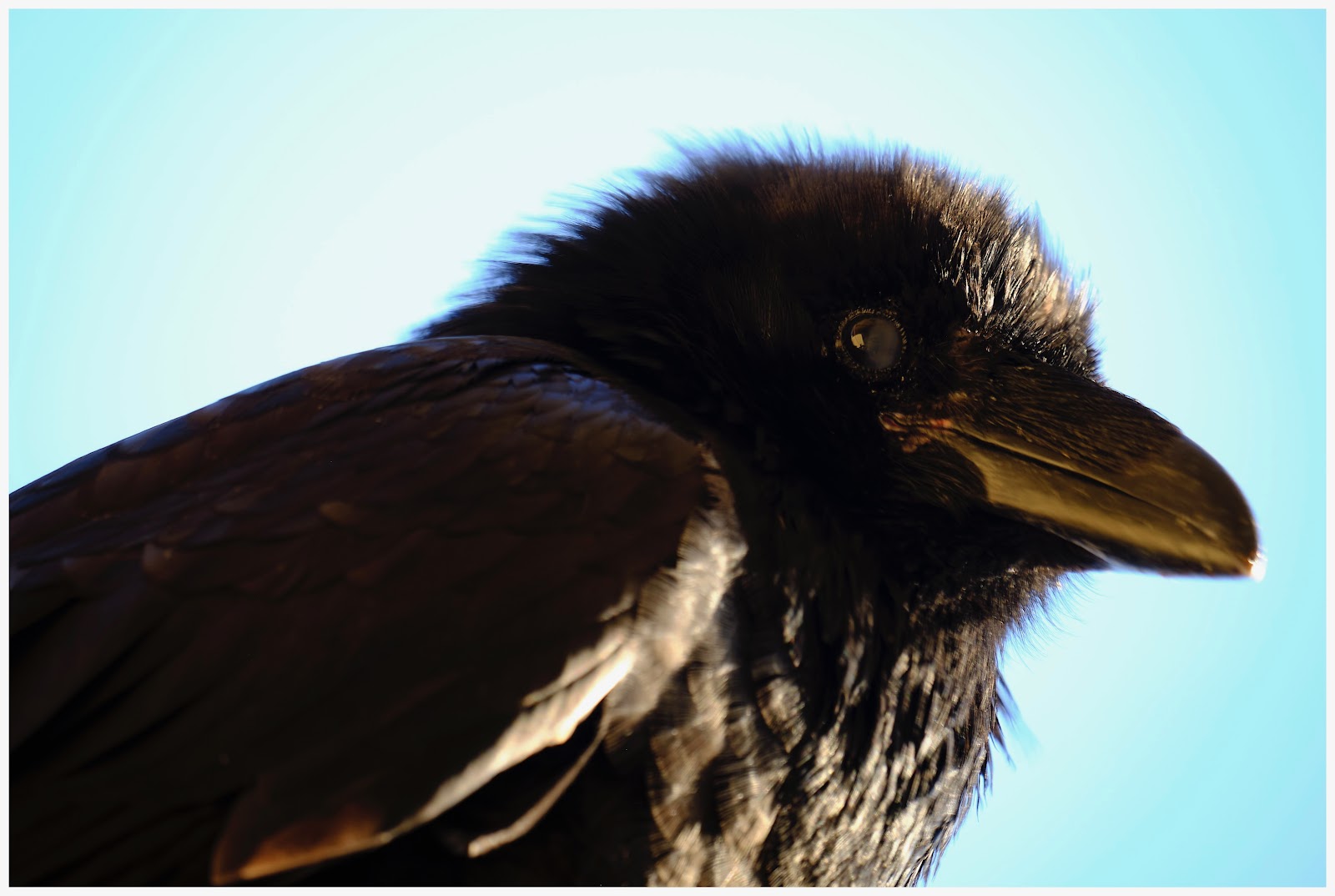Written by Liz Weidner
Going to sea is an amazing experience. Being on Oden in Greenland? Even more so. On more than one occasion Brian has turned to me and said with genuine amazement, “We get paid to do this.” And I agree. Just to be clear, Brian has been going to sea for over 25 years (it’s over 15 years for me) and we both still feel a real sense of awe in being here on Oden doing this work.
But being at sea is also exhausting. We work long hours to make sure ring as much data as possible out of our time on Oden and to ensure that data is of the highest possible quality! There are no weekends or days off. Equipment breaks and there is no resting until a solution is found – you can’t just drive out to the nearest West Marine for a new part! Our connection to the outside world is limited to occasional email communication and we all miss our friends and family.
 |
| Liz releasing a balloon - Taken by Felicity Holmes |
So, we need to find ways to fill the hours in-between work with FUN! Fortunately, GEOEO24 is full of ideas from both the crew and science personnel to
keep things light. Here are just a few of ways we
spend our off hours recharging:
Weather balloon height competition.
How high can you go? Everyday John Prytherch releases weather balloons to collect profiles of temperature, moisture, and winds in atmosphere up to ~30km! The higher the balloon, the better. Everyone has been lining up to try their hand at a balloon release for the glory of the top (highest) spot. It helps that John has prizes for the top three highest balloon releases. Current #1 spot is Flor at 29,528 meters. There is even a prize for the lowest balloon!
Ping-pong tournament of champions.
They take their ping-pong seriously on Oden. Turns out Sweden is a top contender in the ping-pong world, having taken home multiple silver medals in ping-pong at the Paris Olympics this year! Here on Oden, maybe we have the 2028 Swedish ping-pong representative. Certainly seems like it to me! There is a ship-wide ping-pong tournament with a followed by a sudden death sweet-16 style bracket. The final (competitors not decided yet) will be one of THE events of the expedition!
Warming up in the saunas.
My favorite way to recharge after a long shift is a trip to the sauna. And Oden has two. When we are working on the small boat collecting data with Echoboat you get chilled. Even though we wear many layers, hats, gloves, and survival suits the chill seems to seep into your bones. As soon as we are back on Oden and Echoboat is safely secured and the data copying, my favorite thing to do is jump in the sauna – I’ve even been known to skip out on meals just for a chance to warm up in the sauna.
 |
| Hugin on Oden - Taken by Björn Eriksson |
We had an unexpected guest onboard last week: a giant black raven. It spent a few days walking around on deck, hanging out on the helicopter rotors, I heard it even landed on someone’s helmet during a coring operation! Of course, it needs a name! And in Odenplan, a “name the raven” list appeared. There were quite a few contenders, but I think the clear winner was Hugin. Hugin being one of Oden’s raven in Norse Mythology, so a very fitting (serious) name indeed.
Guess the top wind speeds of the upcoming storm.
Heavy winds are normally a call for checking that all gear is secured and potentially taking some seasickness medication, but on Oden we make them fun too! Our meteorologists are holding a competition to see who among the expedition participants can most closely guess the top sustained wind speed of an upcoming storm. Guesses vary wildly from 5 m/s to 2145 m/s (this one MUST be a joke)! But who will win???
The grand tradition of decoration and shrinking of Styrofoam cups.
A historical oceanographic tradition that we, of course, are adhering to on GEOEO24! Science and crew members are invited to use a rainbow array of sharpies to decorate Styrofoam cups (brought in specially from Denmark, you can’t buy them in Sweden anymore). Once decorated, the cups are loaded into mesh bags, attached to the CTD rosette, and lowered to the deepest depth we can manage. The intense pressure forces all the air out of the Styrofoam and the cups shrink down to half (or even a quarter) their original size. If you know any oceanographers, they likely have a collection of these cups on in their office!
















